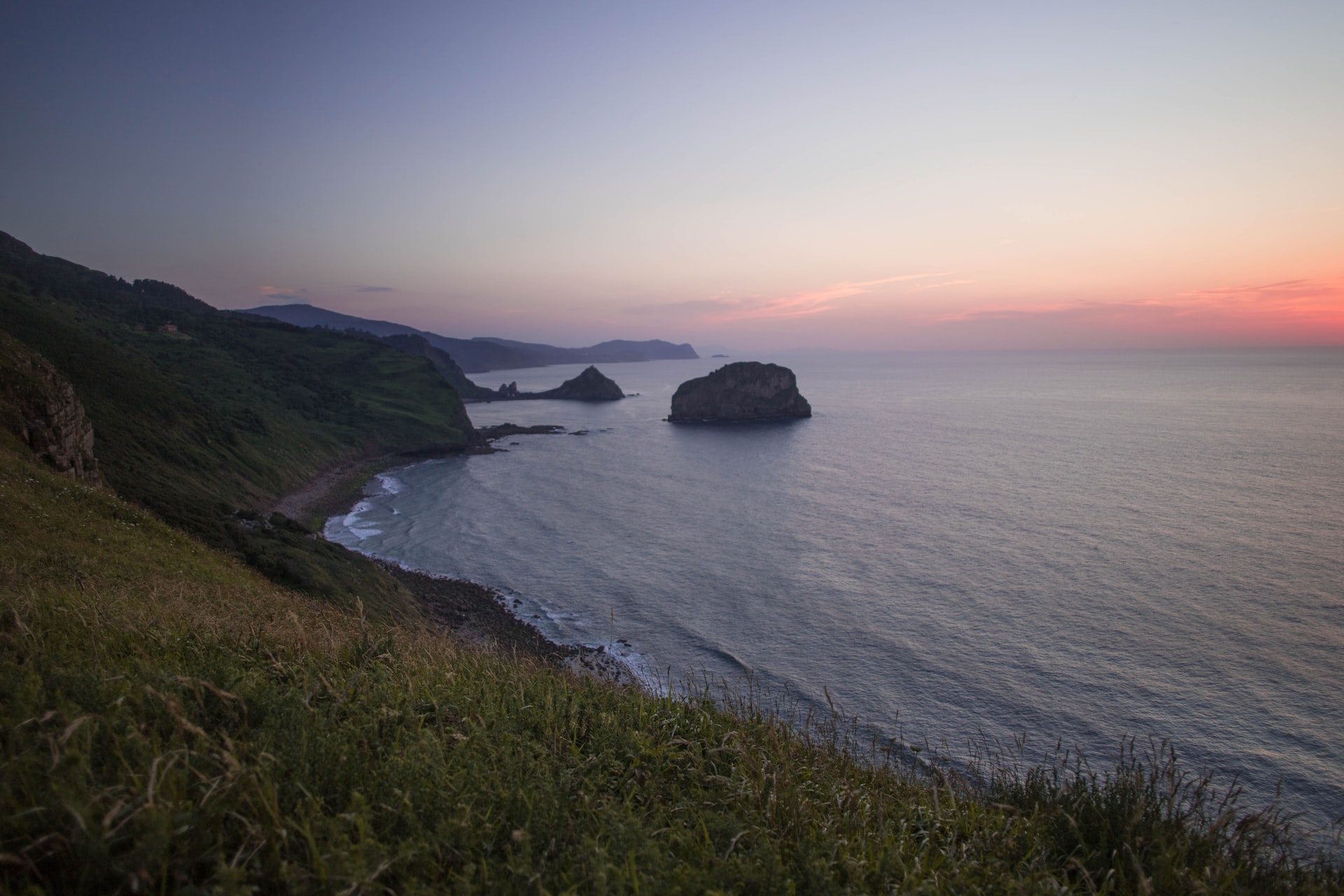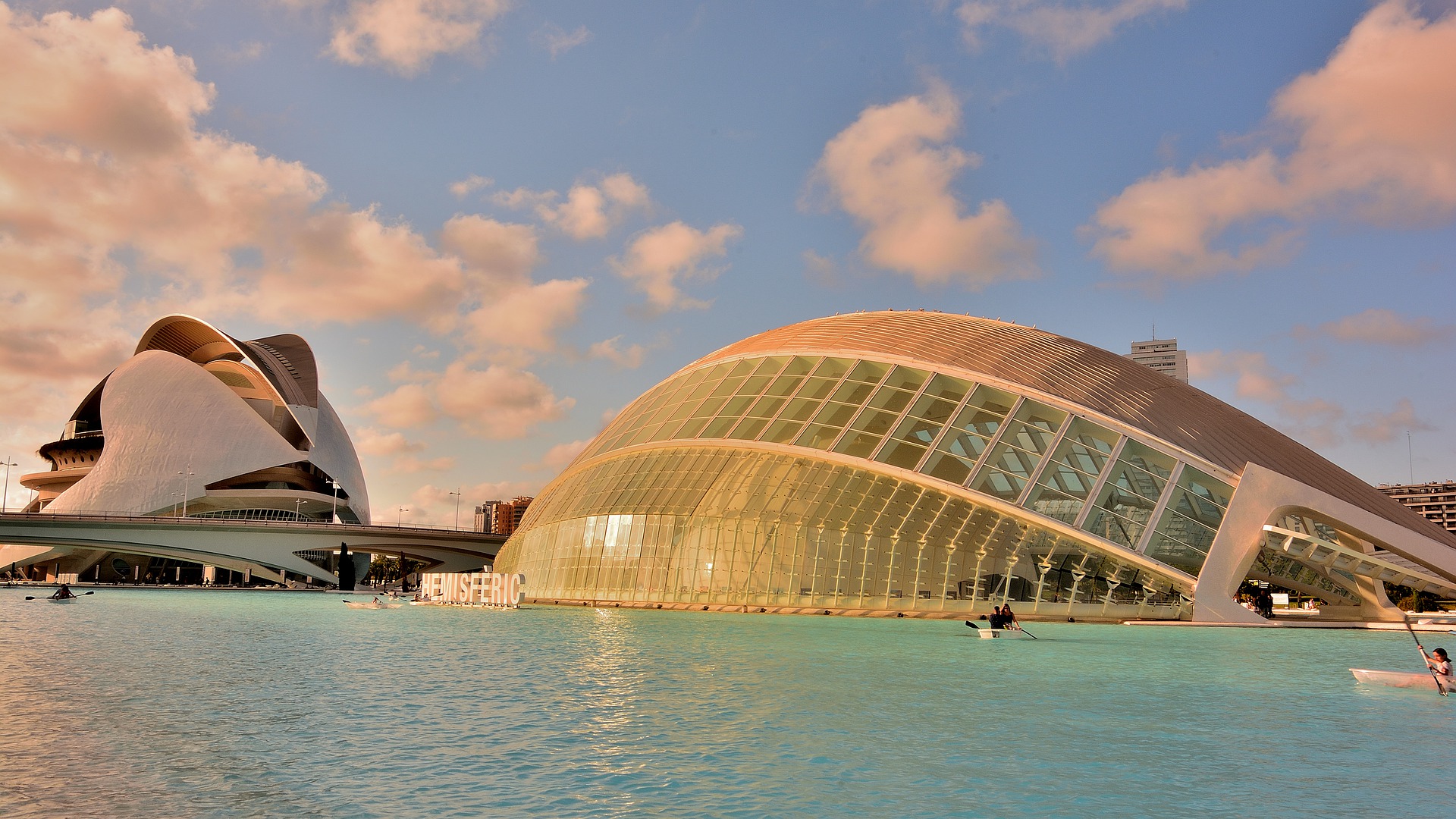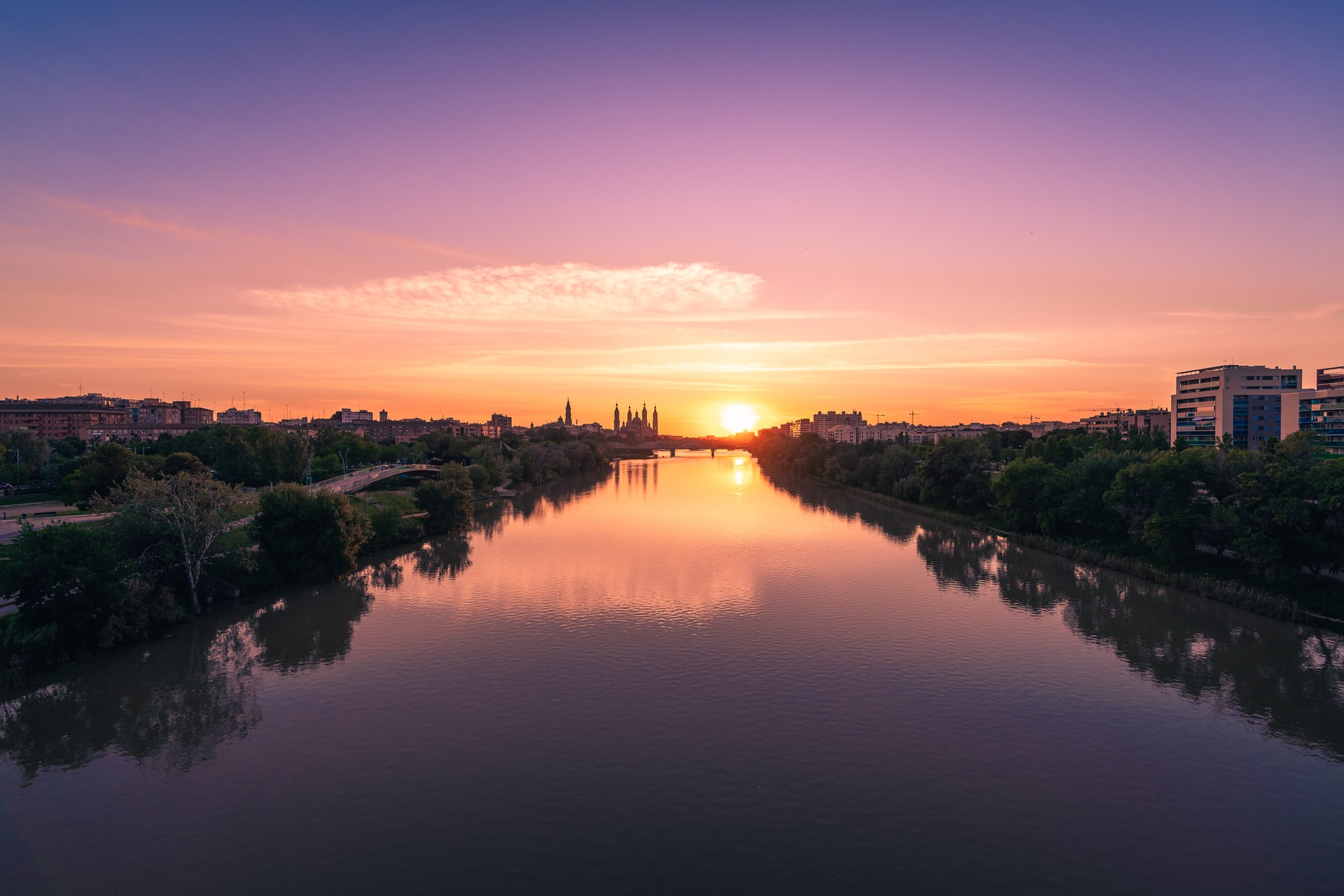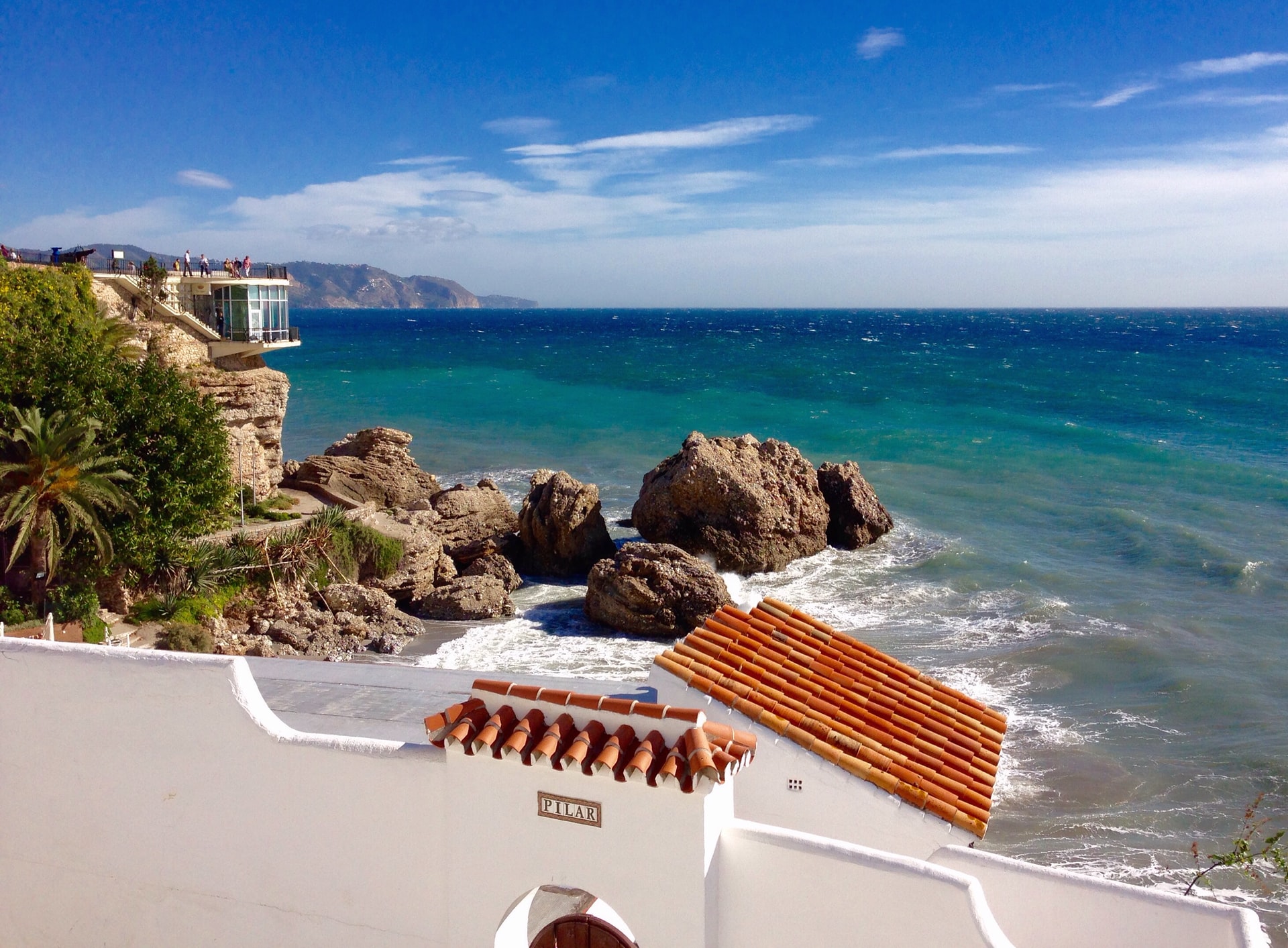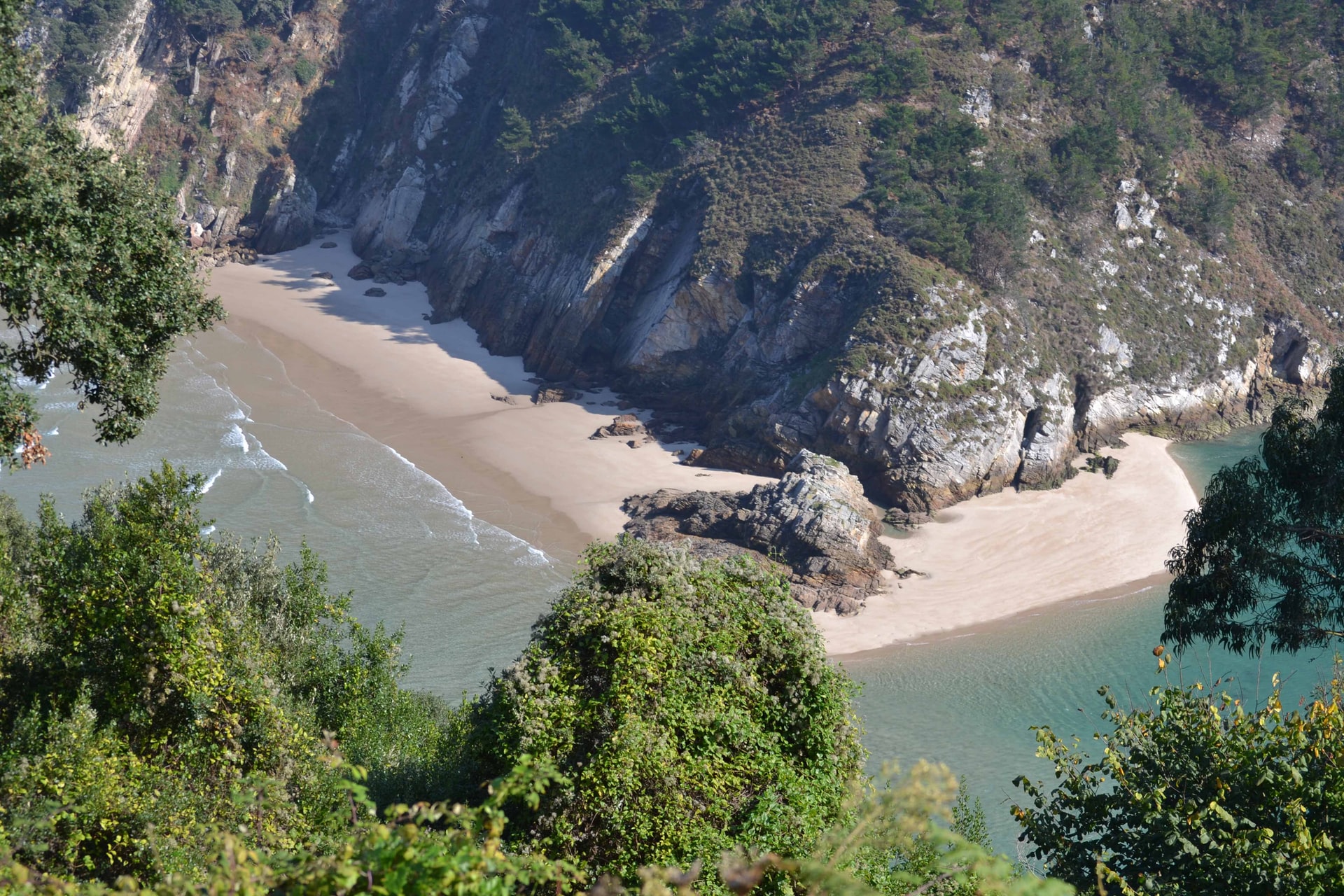
Official UK partner to the Paradors, Pousadas, Pestana Hotels & Resorts, Les Collectionneurs (Chateaux), and European Hotels Collection. Keytours International, formerly Keytel International, your agent in the UK.
Exploring Andalucia
Lorna Roberts is undoubtedly a Parador expert having explored every nook and cranny of Spain and visiting almost all of the Paradors throughout her experience as their Irish Agent and leading numerous escorted tours across Spain using these wonderful hotels.
Here she shares her knowledge of the beautiful region of Andalucia and its Paradors:
ANDALUCIA is the most southerly region of Spain consisting of 8 provinces stretching from the Portuguese border to the Mediterranean province of Almeria in the S.E. corner of the country. Although known for the sprawling coastal resorts of the Costa del Sol, these actually only form a tiny part of this large and varied region. There are 5 coastal provinces – Huelva and Cádiz on the Atlantic, and Málaga, Granada and Almeria on the Mediterranean. Inland there are 3 provinces – Seville, Córdoba and Jaén. Fifteen very different Paradors are located all over Andalucia – on the coast, in the mountains, in nature reserves and in villages and cities.
AIRPORTS: There are flights to Málaga all year, and in the summer to Seville, Jerez and Almeria. For the province of Huelva another possibility is to fly to Faro in Portugal.
The Coastal Provinces
HUELVA lies between the Guadiana River, the boundary between Spain and Portugal, and the Guadalquivir River which flows into the Atlantic beside the Donaña National Park, one of the most important wildlife sanctuaries in Europe. West of the city of Huelva are some small resorts and golf courses while East of the city are 25 km of undeveloped Atlantic beaches. The city of Huelva has an interesting centre but the large port is very industrial. Inland is some beautiful rural countryside and the area in the hills around Aracena and Jabugo is famous for producing “Jamón Ibérico”, the best cured ham in Spain. Almonds, olives, oranges, lemons, figs, strawberries and vineyards cover the whole province. Beside the Donaña National Park is the pilgrimage village of El Rocío to which thousands of people travel on horseback at Whitsun to the Hermitage of El Rocío in Wild West country. The Parador de MAZAGÓN, a delightful hotel, set in large grounds on a cliff with steps down to the beach, is a haven of tranquillity. The small town of Mazagón can be reached along the beach or is 3 km away along the road. 24 km in the other direction is the town of Matalascanas on the edge of the Donaña National Park.
The Parador de AYAMONTE, overlooks the bridge across the Guadiana River and the Portuguese coast and hinterland. It stands above the town of Ayamonte, from where a ferry crosses the estuary to Vila Real in Portugal. There are excellent golf courses in the area.
CÁDIZ is one of the loveliest provinces in Spain as the long sandy Atlantic beaches of the Costa de la Luz stretch from the city to Cape Trafalgar and further south to Tarifa, the “Windsurfing capital of Europe”, a Moorish town separating the Atlantic from the Mediterranean at the most southerly point of mainland Europe. Inland are green hills surrounding the “pueblos blancos”, the white villages characterising the area which rises to the mountains of the Grazalema National Park.
Jerez, the second largest town, is in the centre of the vineyards so famous for producing sherry, and the familiar names of Tio Pepe, Gonzalez Byass, Domecq and Sandeman are found all over the town. It also attracts visitors to the horse displays of the “Royal Andalucian School of Equestrian Art”, and to the Formula 1 racing circuit. There are plenty of first-class golf courses all over the province of Cádiz.
The Parador de ARCOS DE LA FRONTERA is in one of the prettiest white villages. It is reached by climbing up narrow streets (a small car is advisable!), well rewarded by the view from the top. It is a charming traditional palace in the main square beside the Santa Maria church.
The Parador de CÁDIZ is a magnificent modern hotel within the city walls, beside the sea, and reopened in 2012 to celebrate Cádiz’s year as “the European city of culture”. It is a historic maritime walled city on an isthmus surrounded by the sea, with the large harbour on one side and sandy beaches on the other.
The port is visited by many cruise ships, is the departure point for ferries to the Canary Islands, and also has ferries crossing the harbour to Puerto de Santa Maria, renowned for its seafood restaurants.
The COSTA DE LA LUZ (Coast of light) deserves a special mention as the bright sunny days and glorious sunsets make this west-facing coast popular in the summer months as the Atlantic breezes cool the air, but the area has its fair share of rain in the winter. Small resorts, attractive white villages and fishing harbours are dotted along the coast, divided by miles of sandy beaches, secluded coves and cliffs covered with wildflowers. The larger port of Barbate is the centre of the tuna fishing industry and south of this, near Tarifa are the Roman ruins of Baelo Claudia at Bolonia.
MÁLAGA is the starting point for many Andalucian holidays. Although much of the coast is built up there are also some lesser developed beaches, spectacular inland scenery and many interesting towns and villages. There are 5 Paradors in the province: The Parador de MÁLAGA GIBRALFARO lies below the walls of the Gibralfaro castle with panoramic views of the coastline and with a wide path leading down to the historic centre of the attractive city which is so often overlooked as people head west to the resorts of the Costa del Sol. The Picasso museum is in the centre, close to the Cathedral. The Parador de MÁLAGA GOLF is a few km from the airport, and 8 km from Málaga, and has its own 27-hole championship golf course in large grounds leading to the beach.
The Parador de ANTEQUERA, a modern hotel in an interesting town, is 60 km from Málaga in a position between all the “show” cities of Andalucia, so a good base from which to explore the cities, natural parks and countryside nearby.
The Parador de RONDA stands above the famous gorge in the lively mountain town close to the Grazalema National Park and many of the picturesque white villages.
The Parador de NERJA is the only coastal Parador in the province, and one of the most popular, as the recently renovated modern building is on a cliff at the edge of the town, with its own lift down to the Burriana beach, so a perfect base for a winter holiday.
ALMERIA is said to have the best climate in Spain. Long beaches and small coves stretch from Mojácar to Cabo de Gata, a nature reserve surrounding the lighthouse at the most south-easterly point of Spain. Vast areas of agriculture can be seen growing under plastic tunnels, and inland is desert country where many cowboy films were made so that it is known as “Mini Holywood”.
In the west of the province the mountainsides of the Alpujarras are covered with almonds, olives and vineyards. The Parador de MOJÁCAR is a tastefully designed hotel which has recently been renovated, with gardens leading to the beach. It is beside the Playa de Mojácar, below the centre of the pretty white village on a hill a few kilometres inland.
The inland provinces & the 'Three Magical Cities'
GRANADA is one of the most varied provinces as, apart from the city itself, it stretches from the Sierra Nevada Mountains to the relatively undeveloped coast, so that it is possible to ski in the morning and swim in the Mediterranean in the afternoon! In the Alpujarras ranges is Trevelez, the highest village in Spain and one of many pretty white villages. The Cathedral dominates the city centre which is overlooked by the palaces and gardens of the wonderful Alhambra, with the snow-capped peaks of the Sierra Nevada behind.
The Parador de GRANADA, a 15th century convent is situated within the grounds of the Alhambra so a very special place to stay. Restored with many original features, it has fine views across the gardens to the Generalife from the terrace outside the restaurant. It is one of the “Parador Museums” and although expensive (it is one of the most popular Paradors due to its spectacular location), you can find promotions and discounts when travelling off season.
SEVILLE lies either side of the mighty Guadalquivir River which flows from the mountains in Eastern Andalucia to the Atlantic, between the provinces of Cádiz and Huelva. Seville is a rural province surrounding the third largest city in Spain, and some smaller typical Andalucian towns such as Estepa, Osuna and Carmona. The city is full of excitement and the essence of life in Southern Spain. The third largest Cathedral in the world is surrounded by magnificent buildings, traditional houses lining the banks of the river, large parks, wide avenues contrasting with the narrow streets of the Santa Cruz area, and the Arabic designs adorning the palaces and gardens of the Alcázar. There is something to see around every corner. The Parador de CARMONA is the only Parador in the province but quantity is compensated by quality. It is in the Alcazar at the top of the Andalucian town which has a replica of the Giralda tower in Seville, 30 km from Carmona. The Parador is full of atmosphere and sums up the three keywords of Paradors – quality, history and charm.
CÓRDOBA is also divided by the Guadalquivir River, on either side of which are plains, hills, olive trees and small towns. The city is smaller than Seville as the historic centre is compact around the Mezquita, the extraordinary mixture of cultures with the Arabic pillars surrounding the Christian Cathedral within the mosque. In spring and summer the narrow streets of the Jewish quarter are ablaze with colour as flowers trail from balconies. The Parador de CÓRDOBA is a modern, spacious building on a hill above the city so it has panoramic views of the city, the river and the hills beyond.
JAÉN is the most easterly of the inland provinces and is the most important area of Spain for the production of olive oil. A landscape covered with olive and almond trees rises up to the high central plain of Spain. The source of the Guadalquivir is in the Cazorla Natural Park, a spectacular, remote mountainous region. The city is 80 km North of Granada, on the main route from the South to Madrid, and has a historic centre.
The Parador de JAÉN is one of the most stunning buildings in which Paradors are located, as the 15th century Arabic fortress stands proudly above the city. The Parador de ÚBEDA is a 16th century Renaissance palace beside the church in the centre of one of the province’s monumental towns, 60 km from the city of Jaén.
The Parador de CAZORLA, in contrast, is a country house in the centre of the Natural Park in the dramatic Sierra de Cazorla, home to some of Spain’s rarest flora and fauna. The Parador is at the top of a valley, 24 km from the town of Cazorla.
If you are interested in escorted tours to the Paradors, please contact our representative in Ireland. Lorna can tell you virtually everything there is to know about the Paradors of Spain, and she will be very happy to arrange all your booking requirements.

